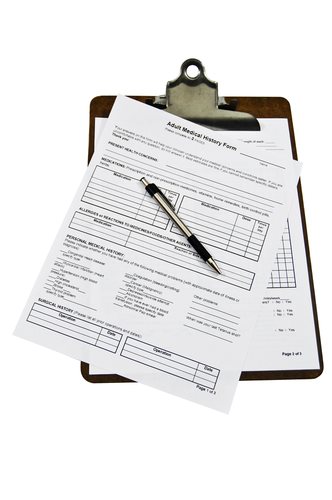
Read This Before Using USCIS Forms: A Guide to Navigating the Application Process
Introduction:
The United States Citizenship and Immigration Services (USCIS) provides various forms for individuals seeking to adjust their immigration status, obtain work authorization, or obtain citizenship. In this article, we provide a comprehensive guide to using USCIS forms, including common mistakes to avoid and tips for success.
Understanding USCIS Forms
USCIS forms are essential for navigating the immigration system and can be found on the USCIS website. Each form requires specific information and documents, so carefully read the instructions before filing. Pay special attention to the eligibility requirements, filing fee, and submission deadline.
Common Mistakes to Avoid
1. Failure to fill out the form correctly: It is crucial to ensure all information is accurate and complete. Errors can cause delays or even lead to denial of the application.
2. Missing important information: If an answer is not applicable, be sure to write “N/A” instead of leaving it blank.
3. Not providing the required documents: Each form requires specific supporting documents. Failure to include them will result in the denial of the application.
4. Submitting the wrong form: Be sure to select the correct form for the application. Using the wrong form can lead to rejection or denial.
Tips for Success
1. Review the instructions carefully: Before filling out any form, read the instructions several times to ensure you understand the requirements.
2. Double-check all information: Check your application thoroughly for typos, misspelled words, and incorrect information.
3. Gather all necessary documents: Prepare all the supporting documents required for the form. Make copies for your records and submit the originals with your application.
4. Hire an Immigration Attorney: If you are unsure about the application process or need assistance, consider hiring an experienced immigration attorney to guide you through the process.
Conclusion:
USCIS forms are critical to navigating the immigration process successfully. By understanding the USCIS form requirements, avoiding common mistakes, and following our tips for success, you can ensure your application is processed efficiently and with a high chance of success. We hope this guide has provided you with the knowledge and confidence to tackle your next USCIS form with ease.
What is the USCIS?
The USCIS or United States Citizenship and Immigration Services, is a government-run bureau of the United States Department of Homeland Security.
The USCIS performs a number of administrative functions that are specifically designed to streamline and organize Immigration applications. These functions, which were formerly carried out by the United States Immigration and Naturalization Service, aim to promote national security and expedite the immigration process through elimination of case backlogs. Furthermore, the United States Citizenship and Immigration Services Department aims to offer improved and understanding customer service agents to aid those individuals looking to earn legal citizenship or residency within the United States.
USCIS Forms
The United States Citizenship and Immigration Services department handles and processes all forms related to immigration and naturalization.
Although there are numerous forms, the USCIS categorizes and subsequently handles two specific categories of forms: those forms relating to immigration and those forms relating to naturalization.
USCIS forms are designated by a specific name and organized through an alpha-numeric sequence; each form consists of one letter, followed by two or three digits. Forms associated with naturalization are designated by an ‘N’ and forms associated with immigration are designated by an ‘I.’
Each form will spark a different process concerning naturalization or immigration. As a result, each form requires specific filing instructions and the delivery of specific information.
All USCIS Forms are available for download and observation at the USCIS website, located at www.uscis.gov.
Types of USCIS Forms:
Below is a list of the most basic USCIS forms. These forms are typically needed to achieve resident status or obtain legal citizenship within the United States of America.
1. Form AR-11: USCIS Forms required for filing a change of address.
2. Form I-9: USCIS Forms required for verifying an individual’s employment. (Total fee is $365)
3. Form I-90: USCIS Forms required for applying to replace a permanent resident card. (Total Fee is $330)
4. Form I-129: USCIS Forms required for filing a petition for a nonimmigrant worker. (Filing Fees total $325)
5. Form I-29F: USCIS Forms required for petitioning for an Alien Relative (Filing Fees total $420)
6. Form I-134: The Affidavit of Support (No Filing Fee attached)
7. Form I-140: The Immigration Petition for Alien Worker (Filing Fee of $580)
8. Form I-539: The Application to Extend/Change Non-immigration Status. (Filing Fee $290)
9. Form I-765: The Application for Employment Authorization (Filing Fee $380)
10. Form N-400: Application for Naturalization (Filing Fee of $595)
11. Form N-600K: Application for Citizenship and Issuance of Certificate under Section 322 (No Filing Fee is charged)
12. Form N-644: Application for Posthumous Citizenship (No Filing Fee is charged)
13. Form N-565: Application for Replacement Naturalization/Citizenship Document
14. Form N-300: Application to file Declaration of Intention (Filing fee of $250 is required)




















